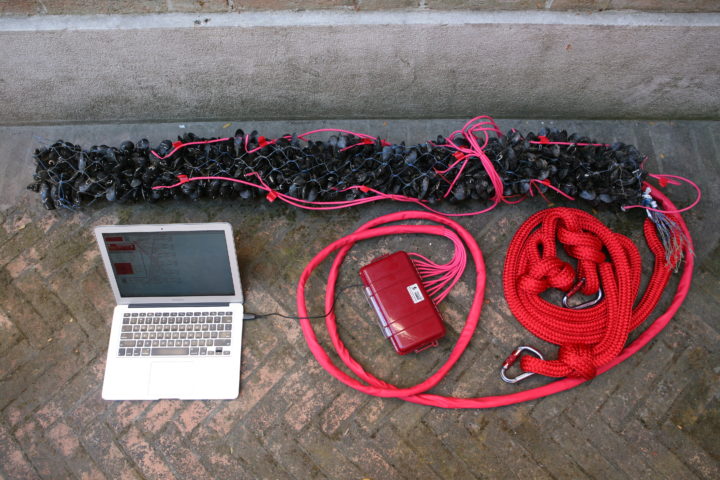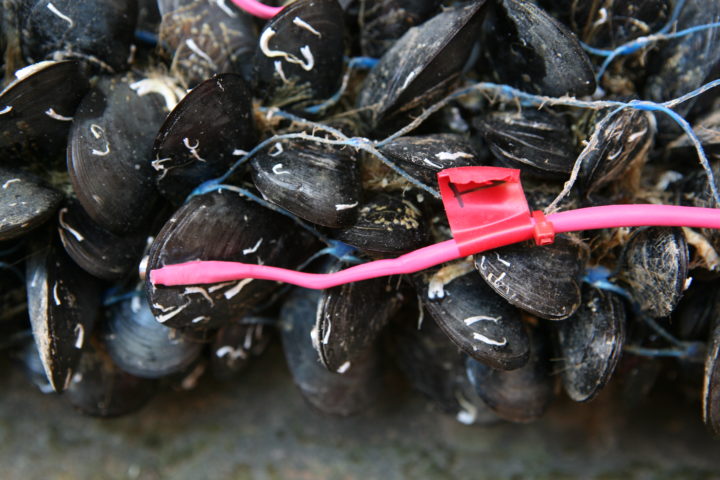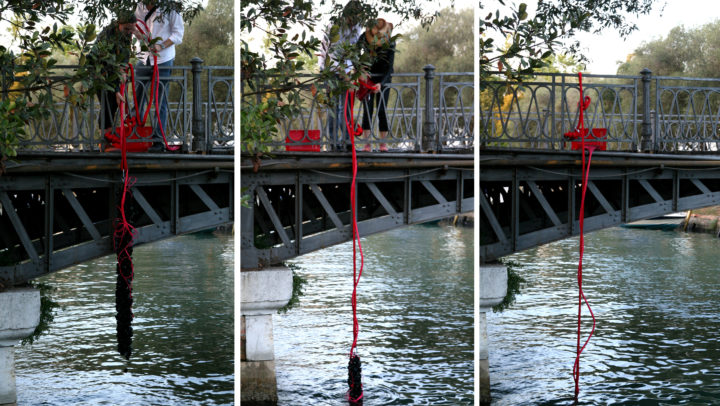
What if the “smart” city we are promised by corporate interests and government agencies turns out to be not so smart? Building self-contained mod-els or other representations of irreducibly complex urban ecosystems is neither the only nor the most strategic way to exploit sensors and the computational opportunities of the Internet of Things. Yet the promise and projects of Artificial Intelligence (AI) to produce intelligent systems has led to certain cultural expectations and misreadings of the critical opportunity we face. Natural Intelligence (NI), by comparison, is a paradigm that couples feedback from natural systems into social systems for ongoing interpretation and information. NI locates and displays the information within the community for whom it is most relevant–rather than being first and foremost for the centralized databases of government agencies and regulatory bodies. This puts the information in the hands of those who can take actions informed by it.

The Venice Mussel Choir was a water quality monitoring system commissioned for the U.S. Pavilion at the 13th International Venice Architecture Biennale that “sang” daily water quality readings taken from a canal bordering the Giardini Publici. Mussels are well-established indicators of water quality within the scientific community because they typically pump water across their gills continuously and provide an integrated, time-based response to pollutant exposure. The autochthonous mollusc species, Mytilus galloprovincialis, is widely distributed in the Venice lagoon, and it has been used in a number of scientific studies to evaluate the accumulation of organic pollutants and trace metals. Using a proven technique involving a hall sensor and a rare earth magnet attached to the shell of the mussel, it is possible to detect changes in the gape of its shell over time and subsequently extrapolate its response to local water conditions in situ.

This site-specific installation introduced the issues and challenges related to water quality monitoring, and demonstrated how to build a water quality sensor using mussels. A prototype system incorporating an array of these mussel sensors was submerged into the canal near the Riva dei Partigiani pedestrian bridge. Data from these sensors was used to generate a song performed by synthesized voices (the Choir), vocalizing changes in the water quality of the canal.
CREDITS:
The Venice Mussel Choir was developed in collaboration with Natalie Jeremijenko and David Benjamin. It was commissioned for the U.S. Pavilion at the 13th International Venice Architecture Biennale in 2012.